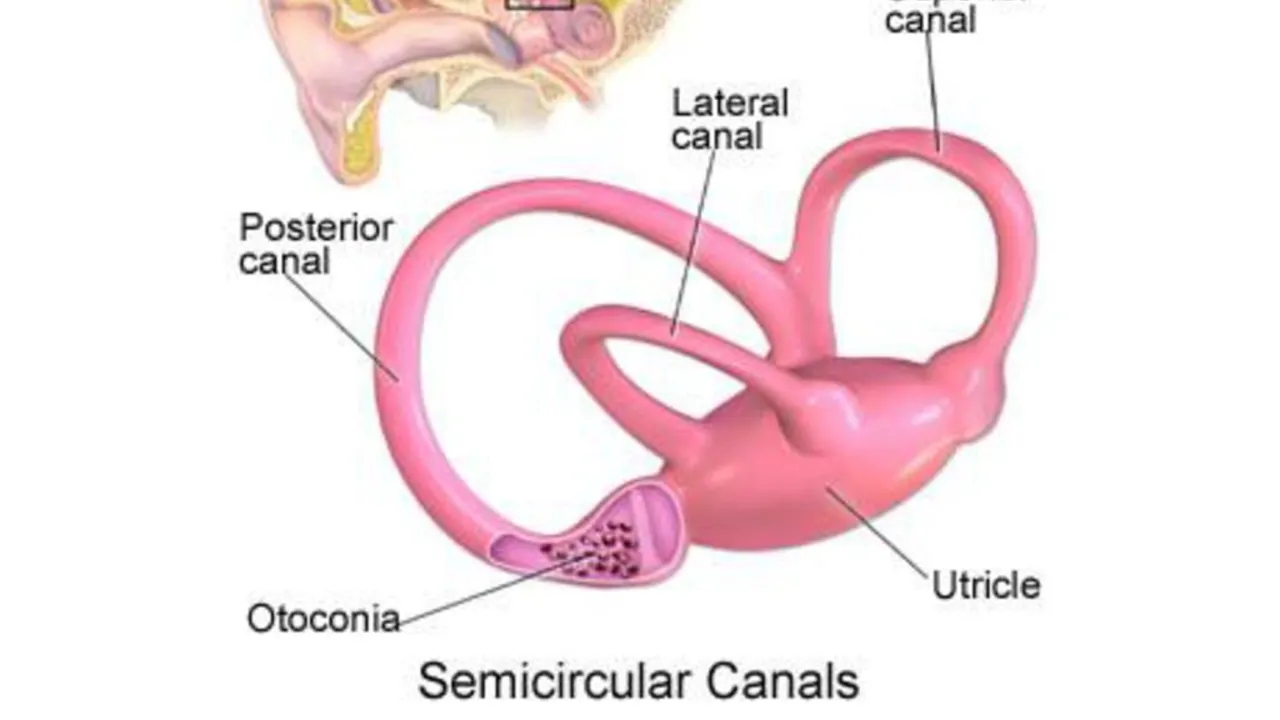Vertigo: What It Is, Why It Happens, and How to Find Relief
Ever felt the room spin for no reason? That unsettling feeling is called vertigo, and it’s more common than you think. It isn’t just a fancy word for “dizzy”; it’s a specific sensation where you think you or your surroundings are moving. Most people experience it once or twice, but if it keeps coming back, you’ll want to know what’s going on and how to stop it.
Common Causes of Vertigo
The inner ear houses tiny crystals and fluid that keep your balance in check. When those crystals shift or fluid leaks, the brain gets mixed signals and you feel the spin. The most frequent culprit is Benign Paroxysmal Positional Vertigo (BPPV). BPPV happens when a few calcium crystals slip into the ear’s canals and trigger a dizzy spell every time you tilt your head.
Other common reasons include Meniere’s disease, which builds up excess fluid and causes bouts of vertigo, hearing loss, and ringing in the ears. Infections like vestibular neuritis inflame the nerve that talks to your inner ear, leading to a sudden, intense spin that can last days. Even migraines can bring vertigo on their own, known as vestibular migraine. Finally, certain medications—especially those that lower blood pressure or affect the inner ear—can tip the balance.
Simple Ways to Calm the Spin
If you catch a vertigo episode, the first thing to try is the Epley maneuver. This series of head movements repositions the displaced crystals in BPPV. You can do it at home: sit on a bed, turn your head 45 degrees toward the “bad” side, lie back quickly, and hold each position for about 30 seconds. Many people feel relief after one or two rounds.
Staying hydrated helps, too. Dehydration reduces blood volume and can worsen dizziness. Sip water throughout the day, and avoid alcohol or caffeine right before bedtime. If you’re prone to motion‑triggered spells, keep your head movements slow and steady. When you need to get up, pause a moment, sit up slowly, and give your eyes a chance to readjust.
Ginger tea is a natural anti‑nausea aid that can settle a queasy stomach that often comes with vertigo. A cup of fresh ginger boiled in water, sweetened lightly, works wonders for many. Some find that a pinch of salt in a glass of water restores inner‑ear fluid balance, but only try this if you don’t have high blood pressure.
Exercise also plays a role. Gentle balance training—like standing on one foot while holding a chair for support—strengthens the proprioceptive system that works with the inner ear. Over time, these exercises can reduce the frequency of spells.
When to see a doctor? If the spin lasts more than a few minutes, comes with severe headache, vision loss, weakness, or you’ve had a recent head injury, get medical help right away. A professional can rule out stroke, brain tumor, or other serious issues. They might also prescribe medication to calm the inner ear or refer you to a vestibular therapist for tailored exercises.
In summary, vertigo is a balance problem that often stems from inner‑ear disturbances. Recognizing the cause lets you pick the right fix, whether it’s a home maneuver, staying hydrated, or seeking a doctor’s advice. With a few simple habits, you can keep the world steady and enjoy daily activities without the unwanted spin.

